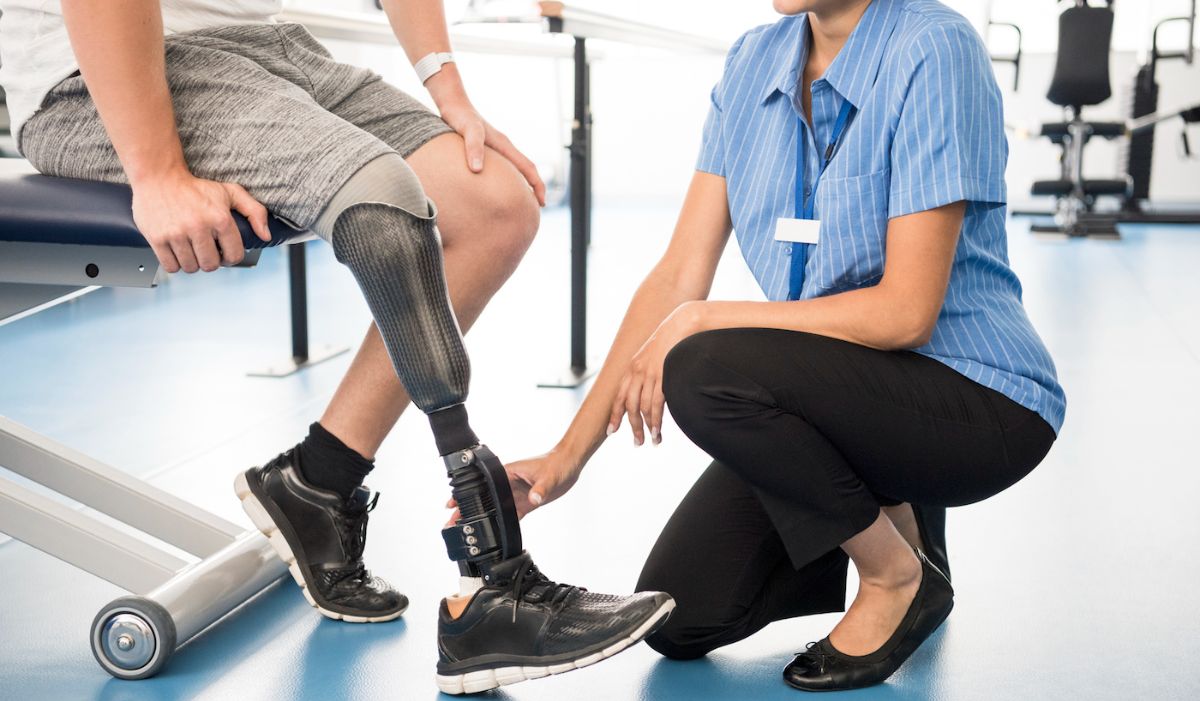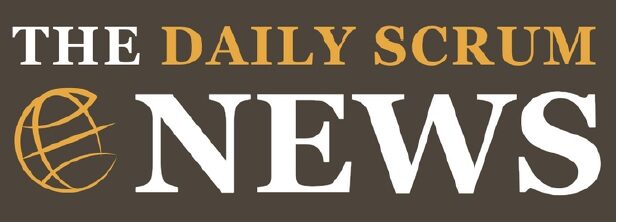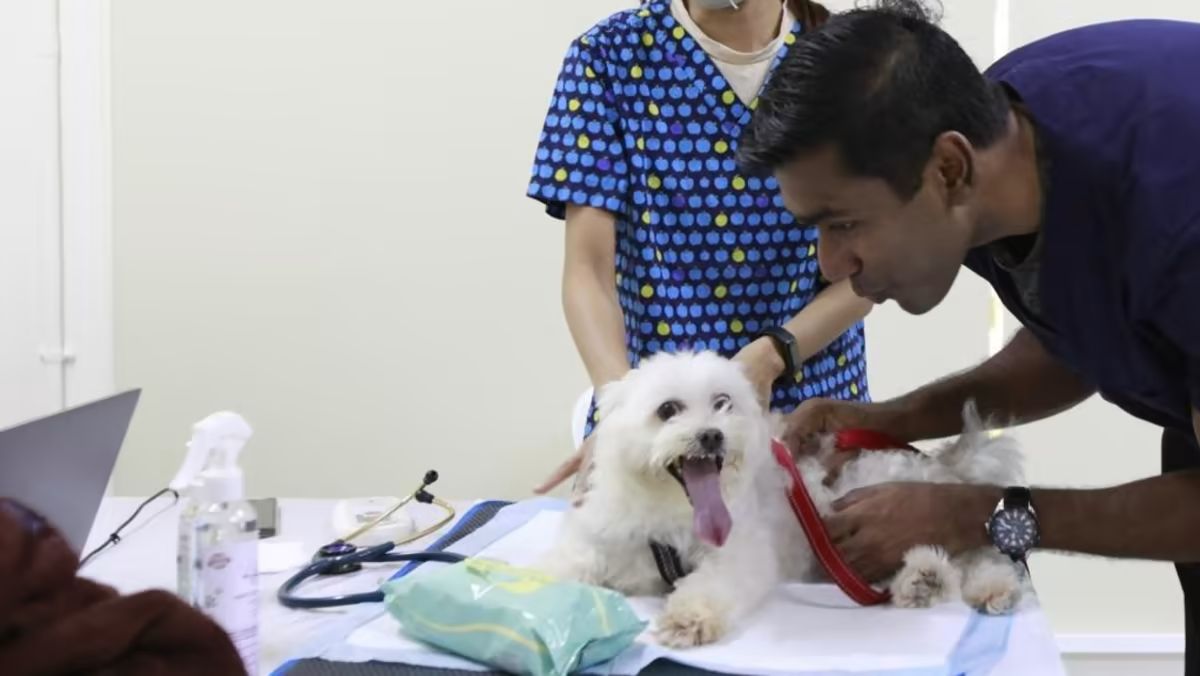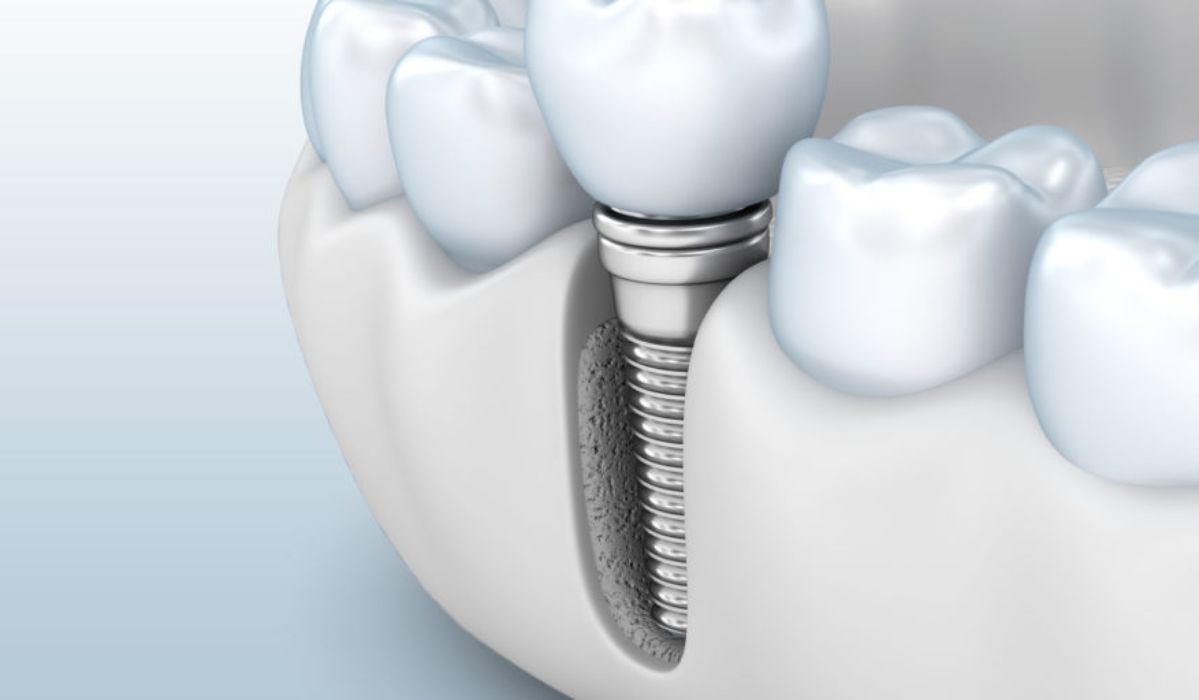Prosthetics And Orthotics Market Is Estimated To Witness Significant Growth Due To Rising incidences of Accidents And Injuries
- Ronak Shah
- World News
- December 30, 2024

The Prosthetics And Orthotics Market is estimated to be valued at USD 6653.0 Mn in 2024 and is expected to exhibit a CAGR of 3.1% over the forecast period 2023- 2030, as highlighted in a new report published by Coherent Market Insights.
The prosthetics and orthotics market is expected to witness significant growth owing to rising incidences of accidents and injuries. According to World Health Organization (WHO), road traffic accidents cause around 1.35 million deaths annually across the globe. In addition, demand for prosthetics and orthotics is also driven by increasing prevalence of diabetes. Approximately 422 million adults aged 18 years or older were living with diabetes in 2014 according to the International Diabetes Federation. Diabetes can cause lower limb amputations and thus favor market growth.
Key Market Trends:
Myoelectric Prosthetics Trend The advent of advanced technologies such as myoelectric prosthetics is expected to fuel the market growth over the forecast period. Myoelectric prosthetics detects electric signals generated by remaining muscles near the amputation site and converts them into movements of artificial limbs. 3D Printing Technology Trend Emergence of novel 3D printing technologies for fabricating bespoke prosthetics/orthotics is stipulated to open new avenues for market players over the next decade. 3D printing enables design of anatomically tuned, high strength, lightweight and cost-effective prosthetics for transradial or transtibial amputees. More coverage can be found in the sample copy.
Prosthetic Devices Market Opportunity
The prosthetic devices segment is expected to witness significant growth over the forecast period. Prosthetic devices help amputees regain mobility and independence through artificial replacements for missing limbs. Advancements in prosthetics technology now allow for highly functional prosthetics with myoelecrtric controls and sensors that respond similar to biological limbs. 3D printing is also enabling more customized prosthetics to be created at lower costs. The rising incidence of diabetes and vascular diseases globally has led to more amputations, driving demand for quality prosthetic devices. Favorable reimbursement policies in developed nations also support the uptake of advanced prosthetic technologies. With continued innovations, this segment is poised to grow steadily through 2030.
Orthotic Devices Market Opportunity
The orthotic devices segment holds significant potential for growth. Orthotic devices are used for supporting weakened or deformed joints and limbs, treating injuries and providing post-operation care. Growing obese and geriatric populations who are at risk of mobility issues and orthopedic conditions are driving demand. Advancements in materials now allow for lighter, low-profile orthotics that are highly comfortable. Growing popularity of sports and increased risk of orthopedic injuries from accident also support the orthotics market growth. 3D printing is enabling customized orthotics to be produced faster and more cost-effectively. The orthotics segment is expected to grow at a CAGR of over 5% through the forecast period.
Key Market Takeaways
Prosthetics and orthotics market size was valued at USD 6653.0 Mn in 2024 and is anticipated to witness a CAGR of 3.1% during the forecast period 2024-2031, owing to rapid advancements in prosthetics and orthotics technologies.
By Type, prosthetic devices segment is expected to hold a dominant position, owing to the increasing prevalence of diabetes and vascular diseases leading to amputations globally.
On the basis of geography, North America is expected to hold a dominant position over the forecast period, due to favorable reimbursement policies and the presence of leading prosthetics manufacturers in the region.
Competitor Insights:
Steeper Group
BlatchFord Inc
Ottobock SE & Co. KGaA
Bauerfeind AG
Össur Americas
Recent Developments in Prosthetics And Orthotics Market
In 2023-2024, we will see continued innovations in materials sciences as well as design approaches that are inspired by biology. For example, flexible and stretchable materials as well as composite designs may allow prosthetics and orthoses to better emulate natural muscle and tendon movements. Additive manufacturing processes like continuous liquid interface production (CLIP) will enable the creation of more complex geometries that closely match human anatomy. These developments will improve comfort, usability and functionality of assistive devices.
In late 2023, a new carbon fiber composite was developed that outperforms even the strongest aluminum alloys but is 80% lighter. Its developers believe this could enable entirely new categories of assistive devices, like ultra-light exoskeletons, that enhance mobility far beyond today’s standards. Meanwhile, 3D printed polymers infused with carbon fiber are finding their way into prosthetic sockets and limbs, balancing requirements for flexibility, durability and reduced weight. With continued materials innovation, we may eventually see devices on par with normal muscle and bone in terms of mass and performance characteristics.
Full coverage of the report available here.








